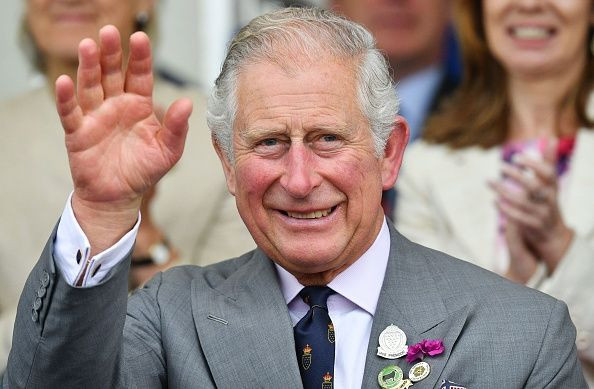Prince Charles Is Called Prince Of Wales For This Poignant Reason

Prince Charles is officially known as the Prince of Wales and this title goes a long way back.
In 1969, Queen Elizabeth II gave the future king the title of Prince of Wales at Caernarfon Castle. Prince of Wales is unique to the heir apparent of the monarch and is granted by the king or queen as a personal honor.
Before the creation of the United Kingdom in 1707, Wales formed part of the Kingdom of England after it was annexed by Edward I in 1283. The title of Prince of Wales was used by Welsh princes in the 12th and 13th centuries before it was appropriated by Edward I after the conquest of Wales.
The last Welsh ruler to use Prince of Wales was Llewelyn ap Gruffudd, who was killed in 1282. Gruffudd’s severed head was carried to London and paraded on the streets crowned with ivy in mockery and displayed at the Tower of London where it was housed for at least 15 years.
Prince of Wales has also been given to English princes since 1301 when King Edward I of England invested his son Edward of Caernarfon with the title. Legend has it that Edward promised the Welsh that he would name a prince born in Wales and who did not speak English.
This practice has been consistently maintained by British monarchs since Edward I, who gave the title to Edward the Black Prince.
Additionally, the Prince of Wales may only be given to the heir apparent or somebody who cannot be displaced in the succession to the throne by any future births. As such, when Prince Charles becomes King, Prince William will also be known as the Prince of Wales.
The Prince of Wales will of course always be given to a male heir apparent. But in 2013, Queen Elizabeth changed the Succession to the Crown Act by giving female royals an equal footing to their male counterparts in the line of succession.
© Copyright IBTimes 2025. All rights reserved.





















